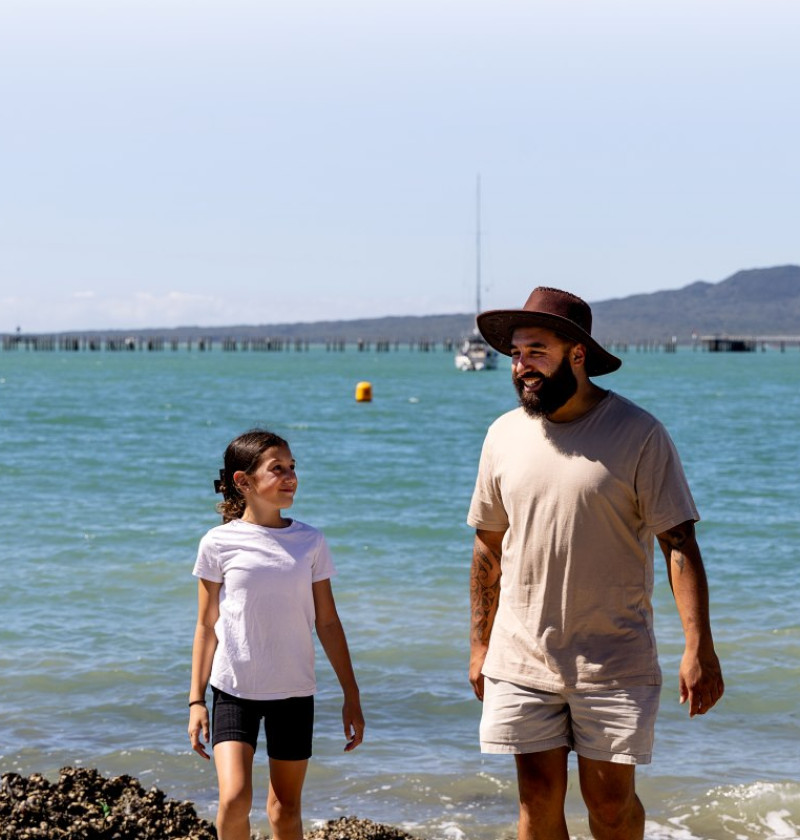4. Towards a better understanding of our marine environment


Aotearoa New Zealand’s coastline and ocean are changing faster than ever because of climate change and human activity. These changes affect ecosystems, communities and the economy. To respond effectively, we need knowledge that connects global drivers to local impacts. This can help us to make decisions that anticipate change, protect what matters and make the most of opportunities for resilience and restoration.
New Zealand has a rich and growing base of knowledge about the marine environment, built through the efforts of iwi, local and central government, public research organisations, industry and community groups. This collective effort has already delivered valuable insights into the state of our coasts and ocean. However, this knowledge is uneven, and some critical areas remain poorly understood. Closing these gaps is about not just developing better science, but enabling smarter choices, reducing risk, and creating opportunities for climate resilience, a sustainable marine economy and cultural wellbeing.
Our understanding of the marine environment is growing, supported by long-term monitoring and modelling, and by bringing in mātauranga Māori (Māori knowledge) alongside other scientific approaches to offer a more inclusive and localised understanding of the marine environment (O’Callaghan et al, 2019). Emerging technologies such as automation, artificial intelligence and remote sensing are opening up new possibilities for collecting and analysing data.
To make the most of these opportunities, we need a reporting system that is:
International collaboration and learning from global best practice will help ensure our approaches remain fit for purpose.
Closing every gap is neither possible nor necessary. Instead, we should take a strategic approach and prioritise areas where better knowledge will make the biggest difference to decisions and outcomes. Some of these areas are outlined below.
Climate change does not function alone – it amplifies other stressors like overfishing, pollution and habitat loss. Without an integrated view, cumulative impacts are underestimated, leading to delayed responses and higher long-term costs.
We need to:
The effects of climate change are most visible in coastal areas, where the impacts on people are also the most immediate. At the same time, these areas hold opportunities for carbon storage (blue carbon) and natural protection from storms and erosion.
We need to:
Environmental decision-makers need confidence that global signals such as warming oceans or shifting currents translate into practical, place-based implications for policy and investment.
We need to:
Good decisions depend on what we measure, how often we measure it and how quickly we can use it. Priority improvements include:
Better data and models will improve forecasts of species shifts, ocean circulation changes, and coastal flooding. This, in turn, will enable proactive planning for infrastructure, fisheries, conservation and livelihoods.
Closing knowledge gaps enables action. With better knowledge, we can have more informed engagement with decision-makers to:
Moving towards a better understanding of our marine environment means more than filling data gaps. It is about creating the knowledge systems we need to act with confidence. By connecting global drivers to local realities, bringing mātauranga Māori alongside western science and using new technologies to make information accessible and timely, we can move from reactive responses to proactive planning. This will help us protect what matters most, restore what has been lost and build resilience for the future.

4. Towards a better understanding of our marine environment
October 2025
© Ministry for the Environment